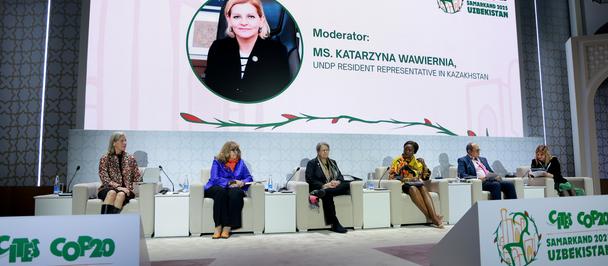UNDP helps Belarus to restore its population of pond turtles.
Seven Red Book turtles making a comeback in Sparauski Nature Reserve
August 3, 2022
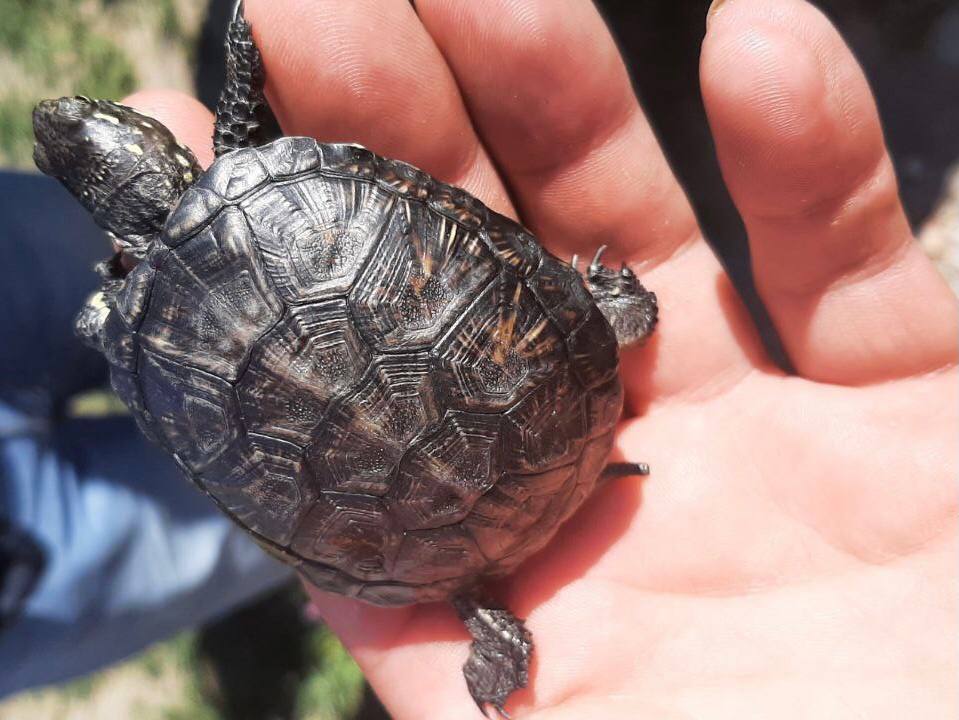
Pond Turtle - Red Book turtle species in Belarus
The European pond turtle is the only turtle species found in Belarus. The pond turtle is listed in the Red Book of the Republic of Belarus because its population has been steadily declining. Natural enemies of turtles are predators, birds, and fish, which eat both turtle eggs and hatchlings. The predators include foxes, raccoon dogs, otters, crows, as well as perch and pike. On average, predators destroy about 40% of the clutches that the turtle makes in open sandy areas, and in some locations this figure can be as high as 90%. Drainage of swamps and rivers has also affected pond turtles.
Rescuing turtle population in the Sporovsky Nature Reserve
The Sporovsky National Biological Reserve in the Berezovsky district, Brest region is one of the few places where the pond turtle can be found in the wild. Employees of the Reserve discovered a devastated nest of a pond turtle there more than a year ago. Most of the clutch was destroyed by a fox, but a few eggs were intact.
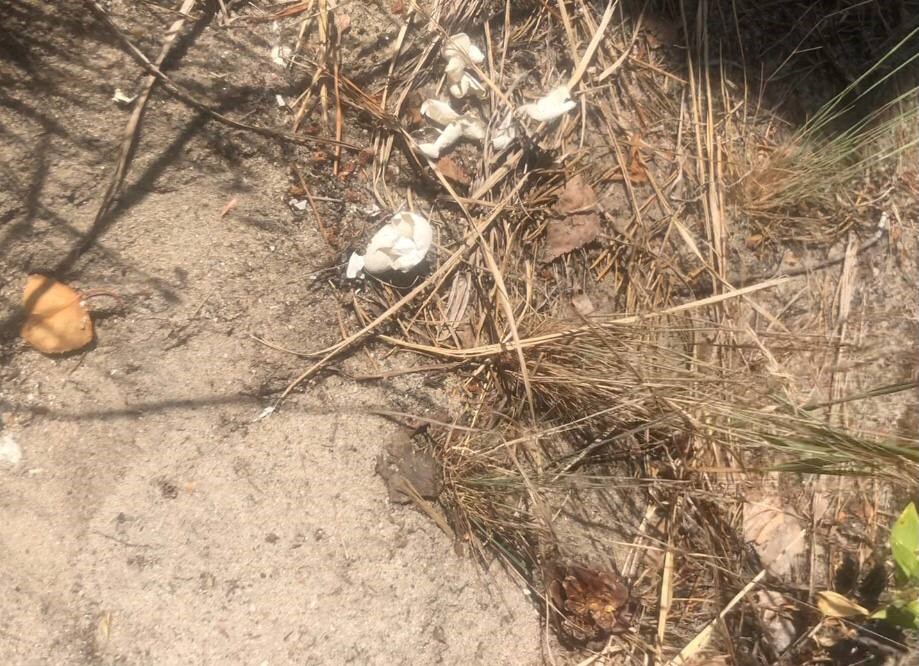
Destroyed pond turtle eggs in the clutch.
Coming back of the fox was only a matter of time, and the remaining eggs had no chance to survive the second attack. To save the turtle hatchlings, the eggs were handed over to the scientists from the Institute for Bioresources of the National Academy of Sciences of the Republic of Belarus for incubation, rearing and return to the wild at a later stage.
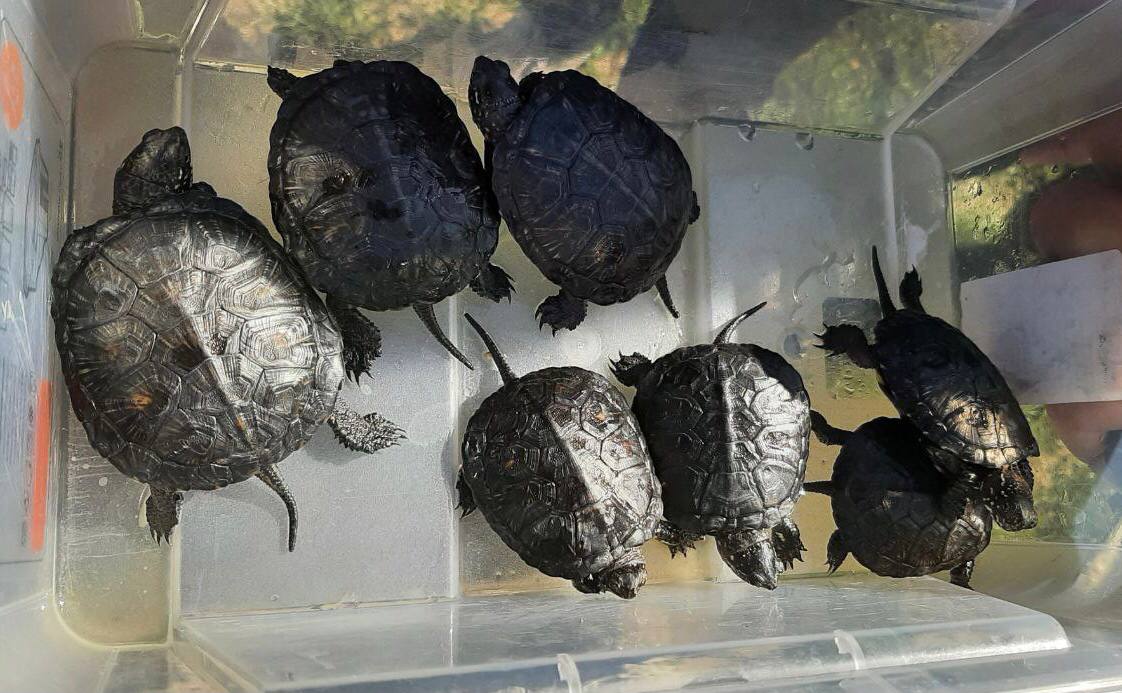
Seven pond turtle hatchlings before getting to their natural habitat.
A year later, mature pond turtles were released into the Oktyabrsky Pond in the Sporovsky Nature Reserve during a working visit of Alexandra Solovieva, UNDP Resident Representative in Belarus, Armen Martirosyan, UNDP Deputy Resident Representative in Belarus, the UNDP employees, the Reserve officers, and the expert community to the Sporovsky Reserve on 8 July 2022.
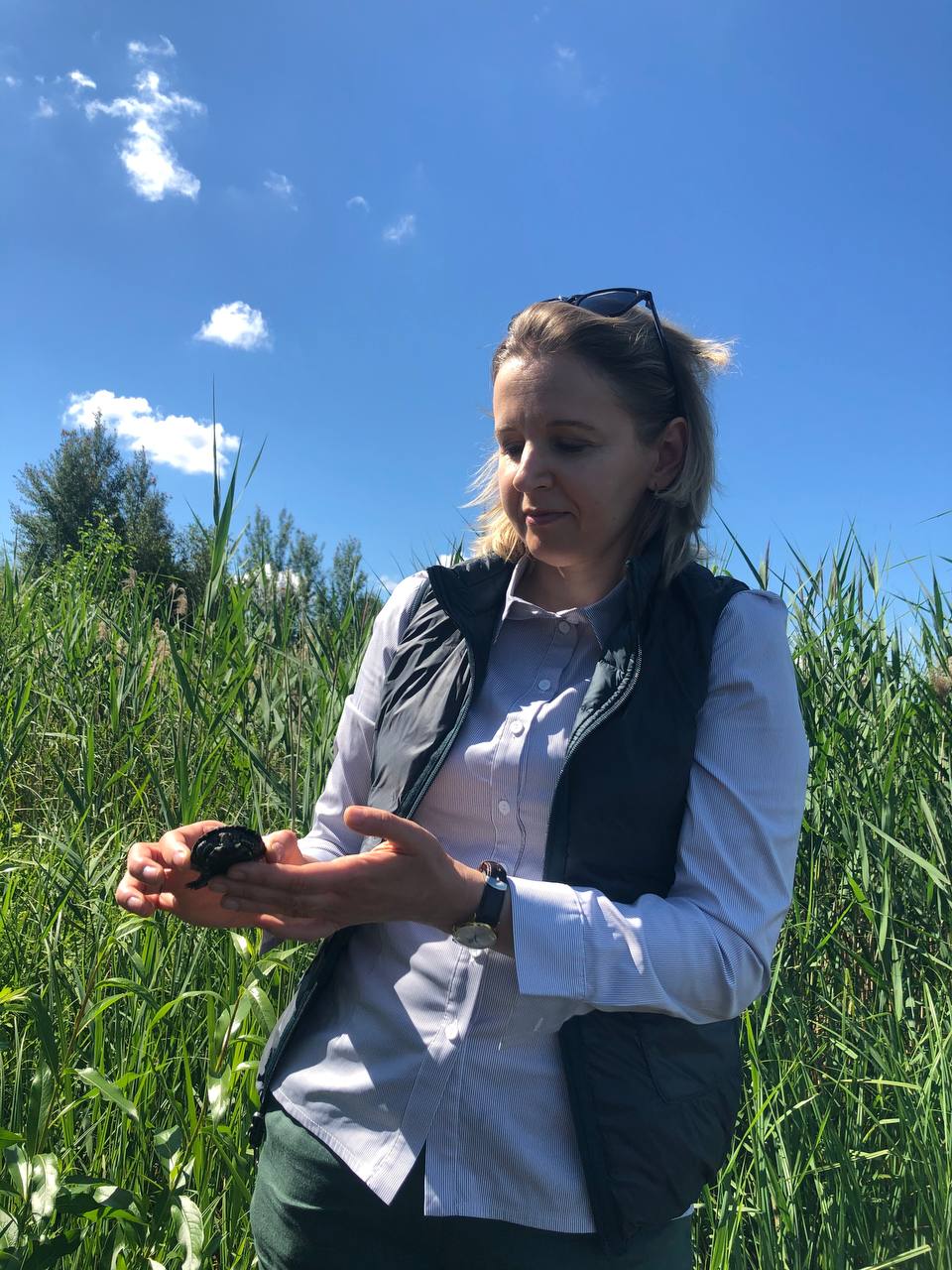
Alexandra Solovieva, UNDP Resident Representative in Belarus, during a visit to the Sporovsky Nature Reserve.
Releasing turtles into their natural habitat is part of the systematic work under the project — Conservation-Oriented Management of Forests and Wetlands to Achieve Multiple Benefits (Wetlands) — to conserve and improve resilience of populations of rare species, animals, plants and insects, which is being implemented by the United Nations Development Programme (UNDP) together with the Ministry of Natural Resources and Environmental Protection of the Republic of Belarus with the financial support of the Global Environment Facility (GEF).
Uniqueness of the Belarusian pond turtle and its ecosystem role
Unlike fresh-water turtles from North Africa, Asia and other parts of Europe, the Belarusian pond turtle has a dark shell, which is practically black, while the more globally common turtle shell color is olive or greenish. The shell of the adult turtle is embossed and has distinct annual rings. Its iris is red or brownish brown.
Local pond turtles have a high fecundity rate because they are quite large, inter alia. A female turtle reaches puberty at the age of 5-9 years, and it makes one clutch per season, laying up to 22 eggs. In Belarus, the habitat pond turtles are mainly wooded and swampy areas. Therefore, turtles have to travel distances of up to 1,000 meters to lay their eggs in sandy areas.
Pond turtles are part of the ecosystem, they create biomass and play an important role in food chains. E.g., some predatory fish species eat turtles, while birds and mammals eat turtle eggs and their hatchlings. In their natural habitats, pond turtles work as cleaners: they eat carrion, dormant, sick or injured fish, and waterfowl corpses. Insects, snakes, foxes, and hares use turtle ground shelters. Living both in water and on land, pond turtles occupy a unique ecological niche. Low abundance of the pond turtle makes it even more vulnerable, and it requires special and additional measures to identify and protect its breeding sites.
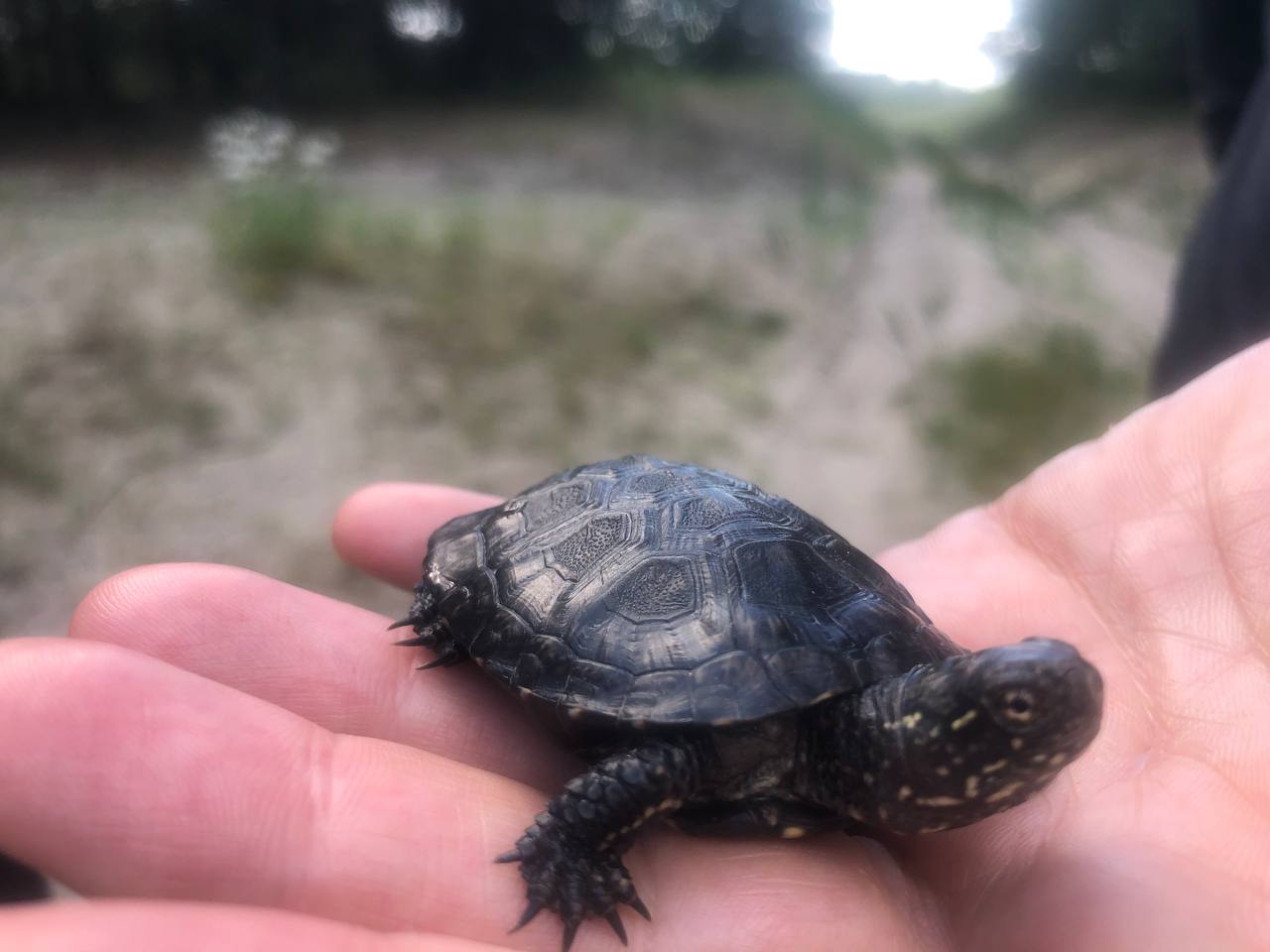
Interesting facts about the Pond Turtle:
- The shell of a Belarusian pond turtle can be 12–21 cm long. A turtle can weigh up to 1.5 kg.
- The shell length of turtle hatchlings is 25—30 mm, and their weight is 5.7—6.5 grams.
- One female turtle can lay eggs for several years in a row in the same site, within 10 meters from its old nests.
- In Belarus, pond turtle’s life expectancy is about 27 years.
- The pond turtle is omnivorous, but its main and preferred food is various small animals, primarily mollusks, crustacean, worms, aquatic and terrestrial insects, and their larvae. The pond turtle can also prey on small vertebrates: amphibians and their larvae, young snakes.
- The female turtle measures the ground temperature with its throat and finds the warmest, driest, and heated-up spot.
- During the high season, one can see up to 15 female turtles laying eggs at the same time in the same place! About 250 female turtles can lay eggs in one site in two weeks.

 Locations
Locations

